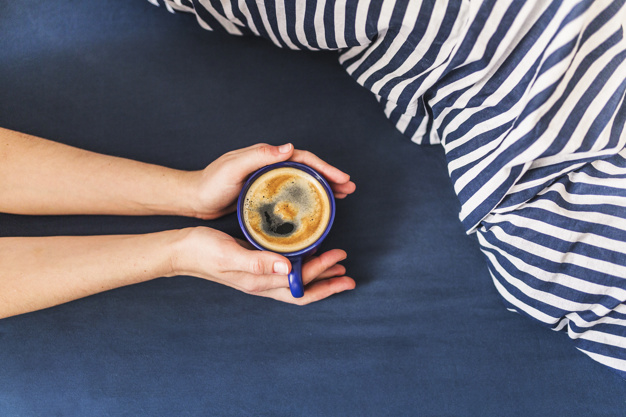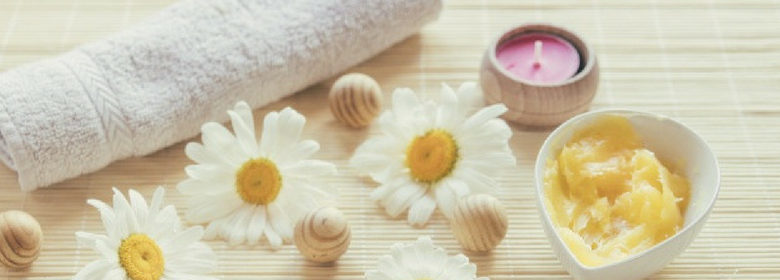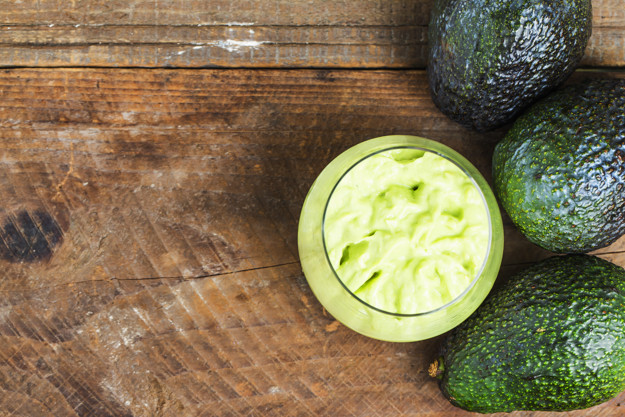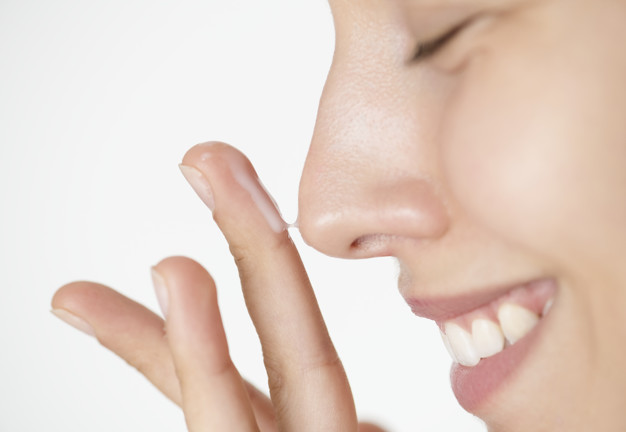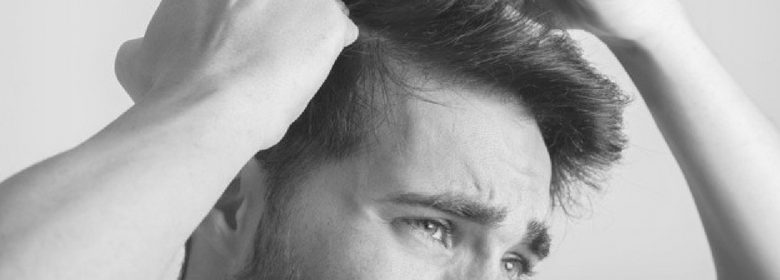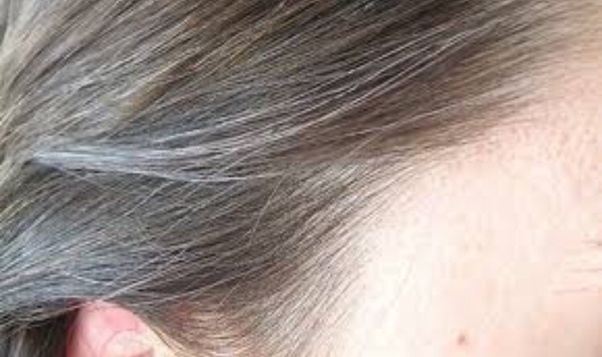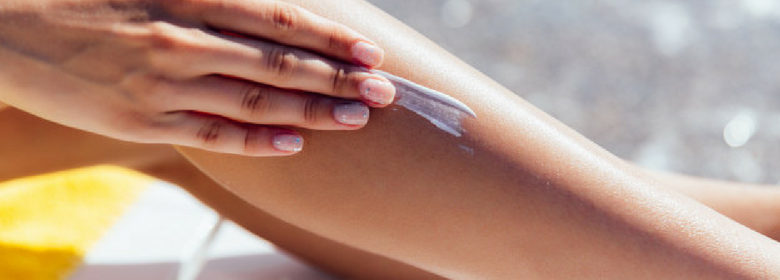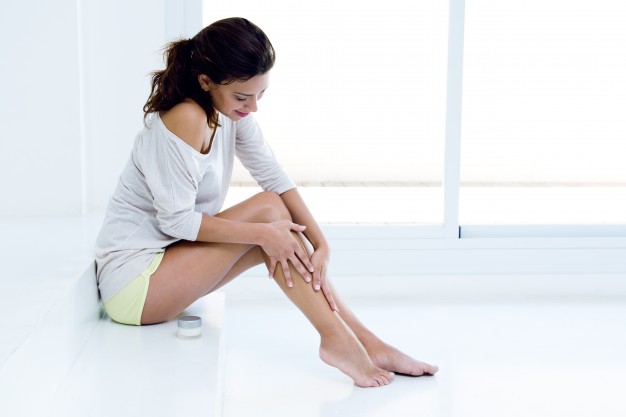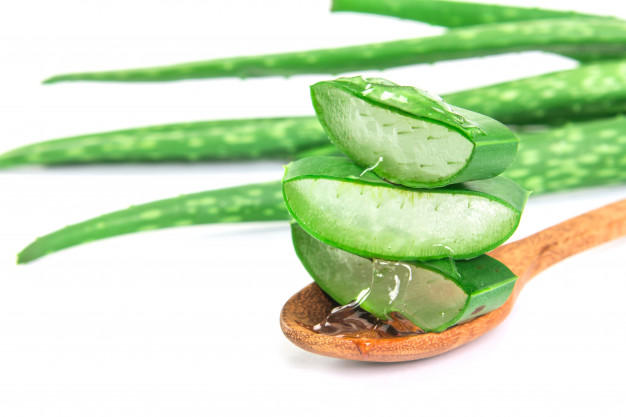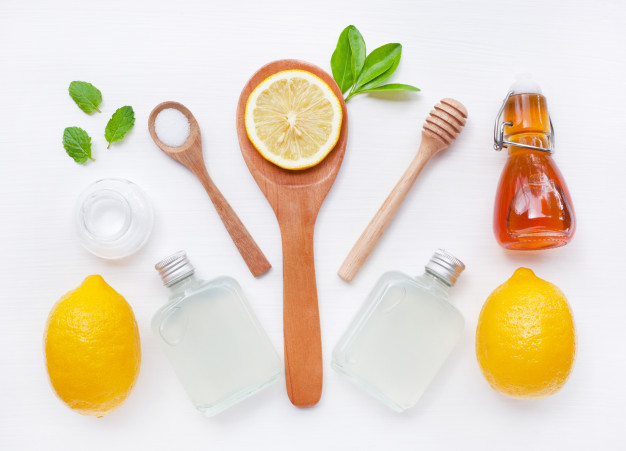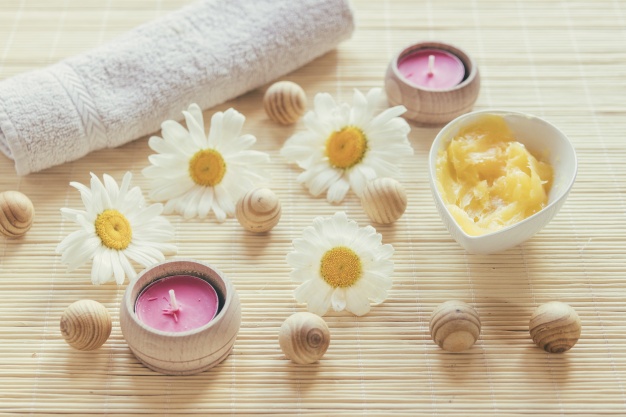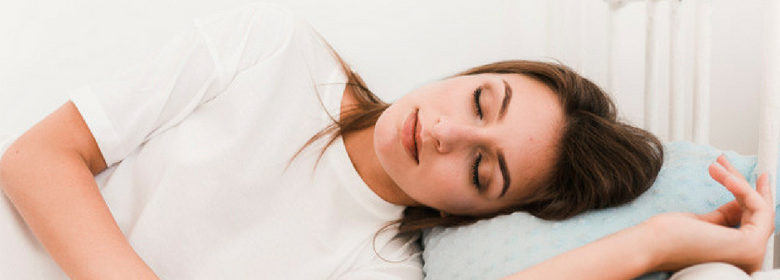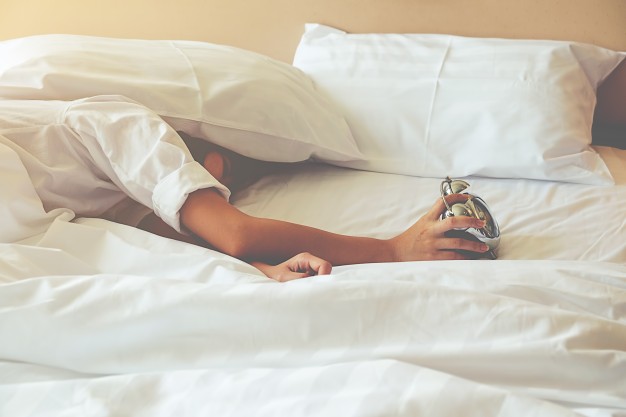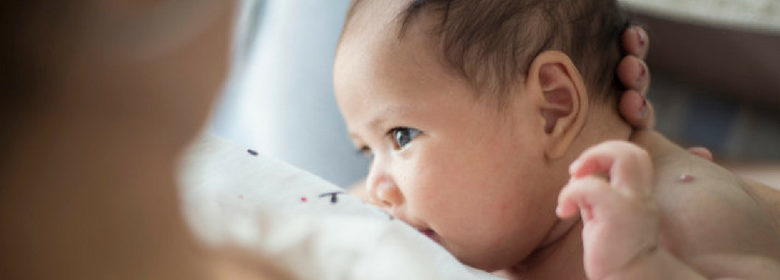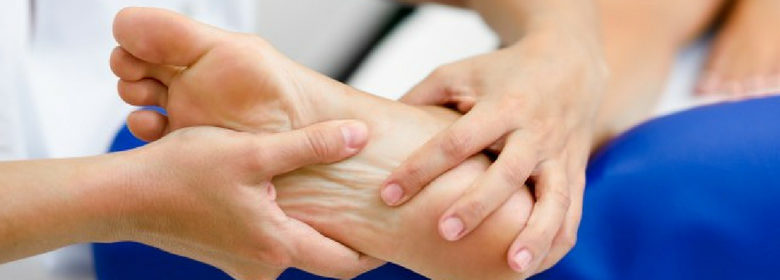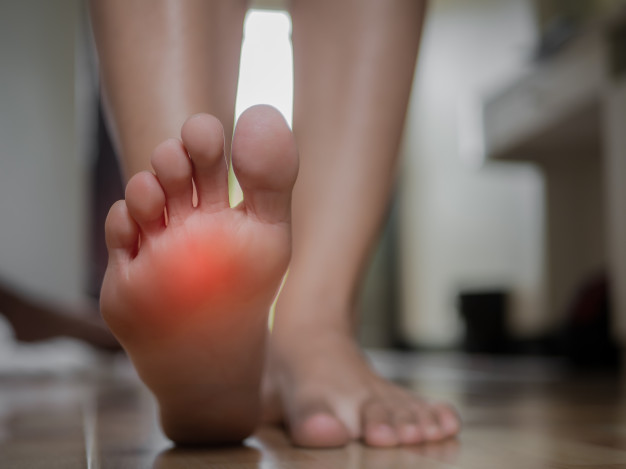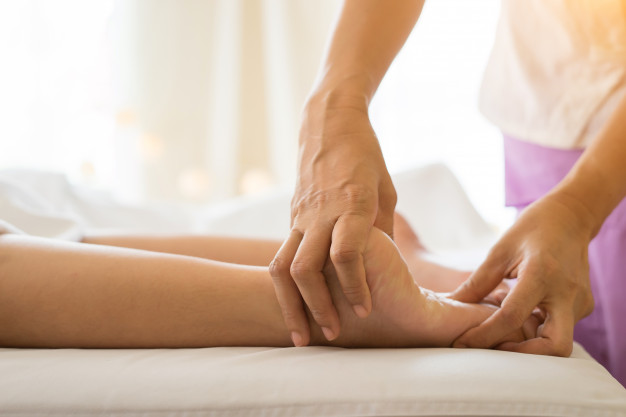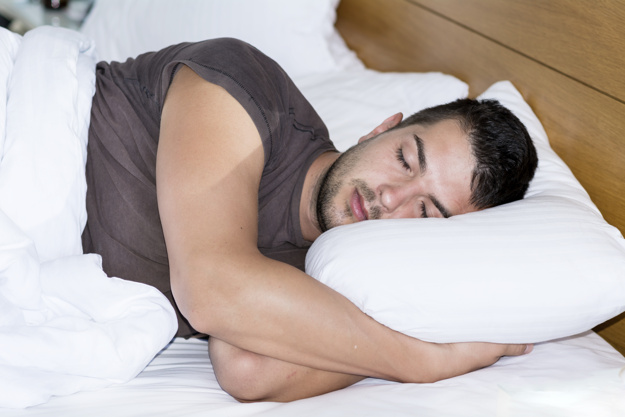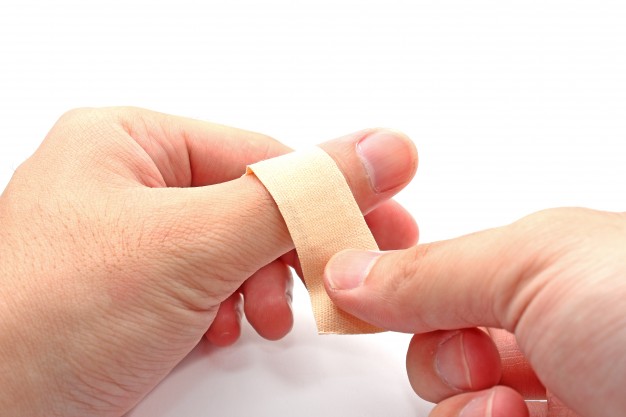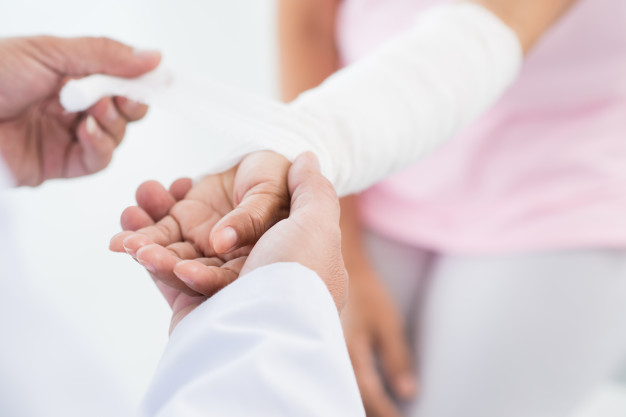Cupping Therapy | Everything you need to know
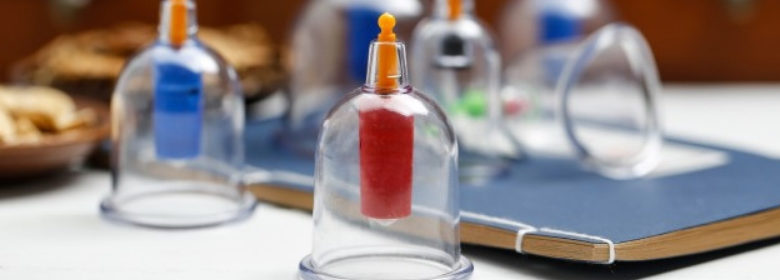
According to Chinese tradition, cupping therapy is believed to restore the “qi” (pronounced “chi”) or life energy, and therefore, help the body heal. Cupping has also been practised for thousands of years among cultures throughout the Middle East and many other parts of the world.
In the recent past, this form of therapy has been popularised by athletes and celebrities who seem to swear by this method. So, let’s dig in and find out how much of it is factual.
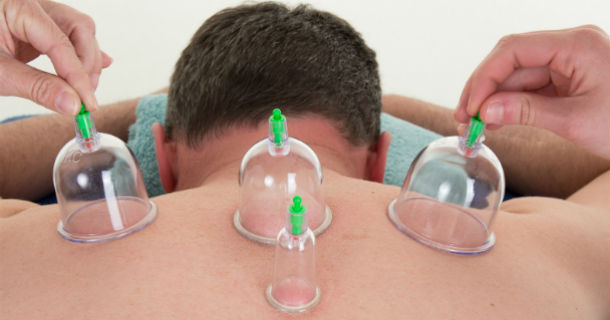
What is Cupping Therapy?
“A therapeutic method involving the application of suction by placing a vacuumized cup or a jar onto the affected or any part of the body surface”
This is the official definition of cupping therapy, which falls under the traditional medicine bracket, as per the World Health Organization.
What are the principles of Cupping Therapy?
During cupping therapy, hot cups are placed on the skin to concentrate blood in certain areas of the body to suck out impurities with a vacuum.
How it works is the increased blood circulation relieves muscle tension and improves overall blood flow, which promotes cell repair. It also helps form new connective tissues and create new blood vessels in the tissue. People use cupping to complement their care for a host of ailments and conditions.
What are the Benefits of Cupping?
The widely known and agreed upon benefits of cupping are:
- Deep tissue work
- Moves stagnation and drains fluids
- Relieves inflammation
- Nervous system sedation
- Breaks up and expels congestion
- Stretches muscle and connective tissue
- Pulls bloody supply to the skin
- Loosens adhesions
Talk to your doctor before you start cupping or any other type of alternative or complementary medicine. And talk to your cupping therapist, too, before you try it.
References:
https://www.healthambition.com/cupping-therapy/#more-7923



